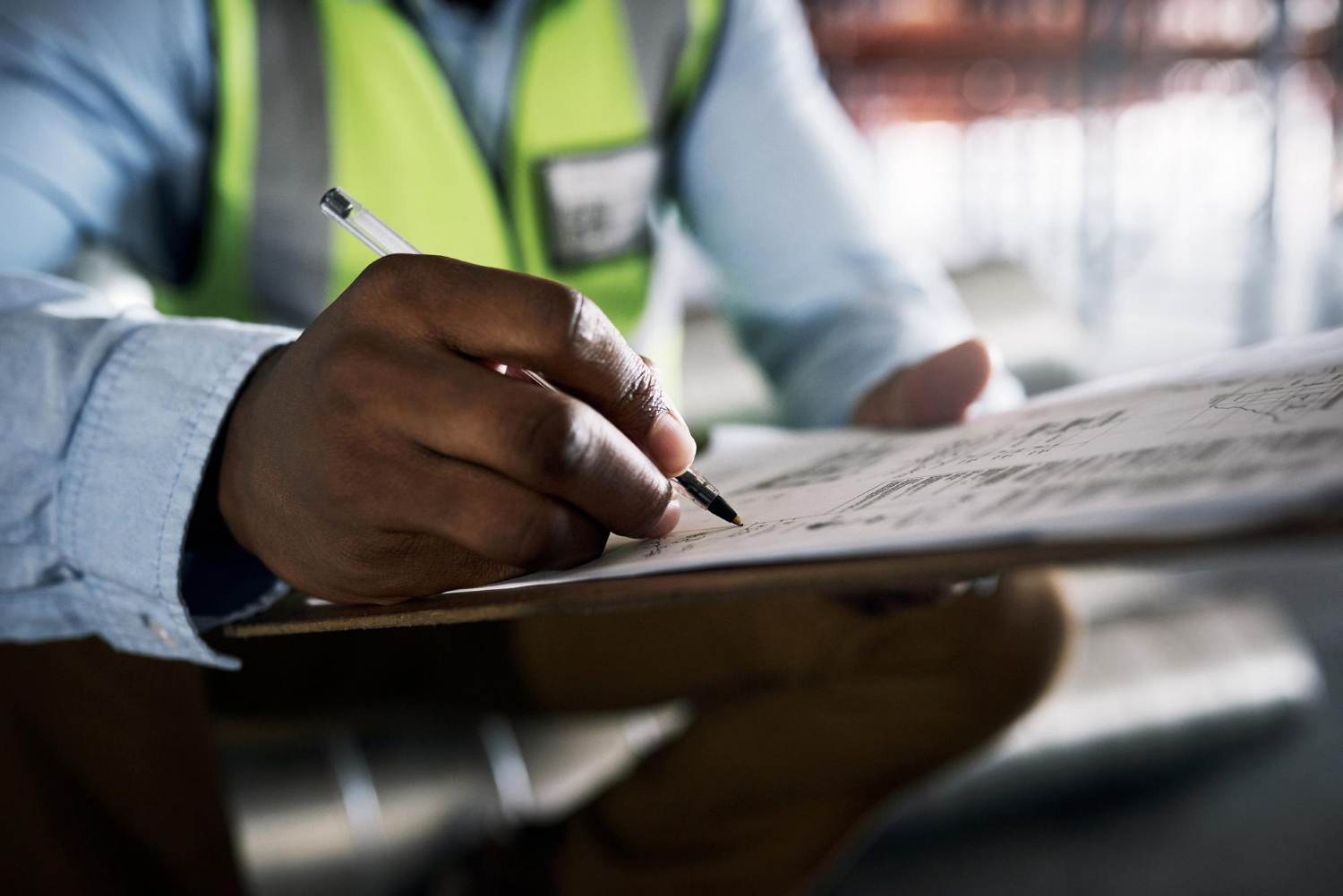Discover Essential Apps to Improve Construction Efficiency
Construction projects can be intricate, often requiring the juggling of numer...

Getting construction projects right is crucial for builders, workers, and future occupants. Construction audits play a key role in making sure everything runs smoothly and meets safety standards. These audits help spot any issues early on, allowing teams to make corrections before minor problems become major setbacks.
Audits ensure that every detail aligns with regulations and quality standards. They check if all safety measures are in place and being followed, safeguarding workers’ wellbeing. This process also helps maintain the overall quality of the project, ensuring it meets the client’s expectations and industry standards.
Preparing for a construction audit might seem daunting, but it doesn’t have to be. With the right approach and organised effort, audits can go smoothly and turn into valuable learning opportunities.
By understanding what to expect during an audit, construction teams can be better prepared to handle the challenges and maximise the benefits of this essential process.
Construction audits are essential for ensuring project success. They provide a structured approach to identifying potential problems before they escalate, saving time and resources. By scrutinizing every aspect of a project, audits help maintain high standards and ensure all operations comply with legal and industry requirements.
Audits perform a vital role in identifying issues that might otherwise go unnoticed, such as construction defects, deviations from design specifications, or inefficiencies in processes. Through detailed examination, auditors can suggest corrective actions, helping teams rectify issues efficiently and prevent them from reoccurring. This proactive approach enhances project quality and fosters a culture of continuous improvement.
Improving safety and quality standards is another significant benefit of construction audits. They verify that safety protocols are being followed, equipment is properly maintained, and workers are operating in a secure environment. This ensures that projects adhere to safety regulations, reducing the risk of accidents and enhancing the overall safety culture on-site.
Additionally, audits reinforce quality control measures, ensuring that materials, workmanship, and procedures meet the expected standards, which is crucial for client satisfaction and long-term project success.
Proper preparation is key to a successful construction audit. Start by gathering all necessary documents, such as blueprints, permits, safety records, and inspection reports. Having everything organised and accessible sets a solid foundation for the audit process.
Effective audit preparation involves setting clear objectives. Define what the audit aims to achieve, such as verifying compliance, assessing quality, or evaluating safety procedures. Clear goals guide the audit team, helping them focus on critical areas and ensuring a comprehensive evaluation.
Involving the right personnel is also crucial. Assemble a team that includes individuals with relevant expertise in construction standards, safety regulations, and quality control. Assign roles and responsibilities to each team member to ensure a smooth and coordinated audit process. Clear role allocation helps prevent overlaps and ensures every aspect of the project is adequately covered.
Lastly, maintain open communication with the team. Brief them on the audit objectives, the schedule, and any specific issues to focus on. This preparation not only alleviates stress during the audit but also helps everyone understand their role in achieving a successful and effective audit outcome.
To conduct an audit efficiently, performing thorough on-site inspections is crucial. Start by examining the site layout, equipment, and ongoing activities in detail. Look for any discrepancies between planned and actual construction to identify potential issues quickly. Observing workers’ adherence to safety protocols provides valuable insights into the project’s safety culture.
Using checklists and digital tools greatly streamlines the audit process. Checklists ensure no detail is overlooked, providing a structured way to inspect all necessary aspects.
Digital tools, such as tablets and construction apps, facilitate real-time data entry and immediate access to up-to-date project information. These tools make it easier to record findings, track issues, and share insights instantaneously with the team.
Effective communication among audit participants is essential. Organise brief meetings before and after inspections to discuss goals, findings, and subsequent steps. This ensures everyone is aligned on what to look for and helps promptly address any issues raised during the audit.
Encouraging open dialogue reduces misunderstandings and enhances team cooperation, enabling smoother audit operations and better results.
Once the audit is complete, organising and interpreting the results is necessary for effective follow-up actions. Start by categorising findings into urgent issues, areas needing improvement, and positive observations.
This helps prioritise actions and ensures critical issues are addressed first. Reviewing results collaboratively allows different perspectives to refine the interpretation.
Implementing corrective actions begins with developing a clear plan. Assign responsibility for each action item and set deadlines to ensure timely execution. Addressing issues promptly prevents them from affecting the project’s overall progress and quality.
Regularly reviewing the status of action items keeps the team accountable and on track toward resolving all identified issues.
Document findings carefully for future reference and learning. Maintaining a record of both negative and positive results helps track progress over time and can serve as a guide for upcoming audits.
Sharing documentation with all relevant stakeholders promotes transparency and aids in building a collective understanding of what contributes to successful construction projects.
Embarking on a construction audit journey tailored to your needs ensures projects comply with regulations, stay on schedule, and meet safety standards. At Edara Apps, our solutions are designed to simplify this process, giving you the tools needed for thorough audits and seamless operations.
Visit our platform today to learn how our automated audit process can enhance your construction management and lead your audits toward success.